20th Century Custom Art Frame Makers in Shelbyville Indiana
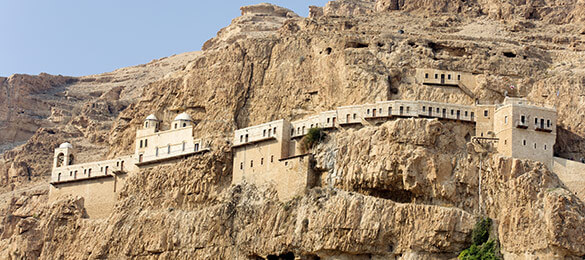
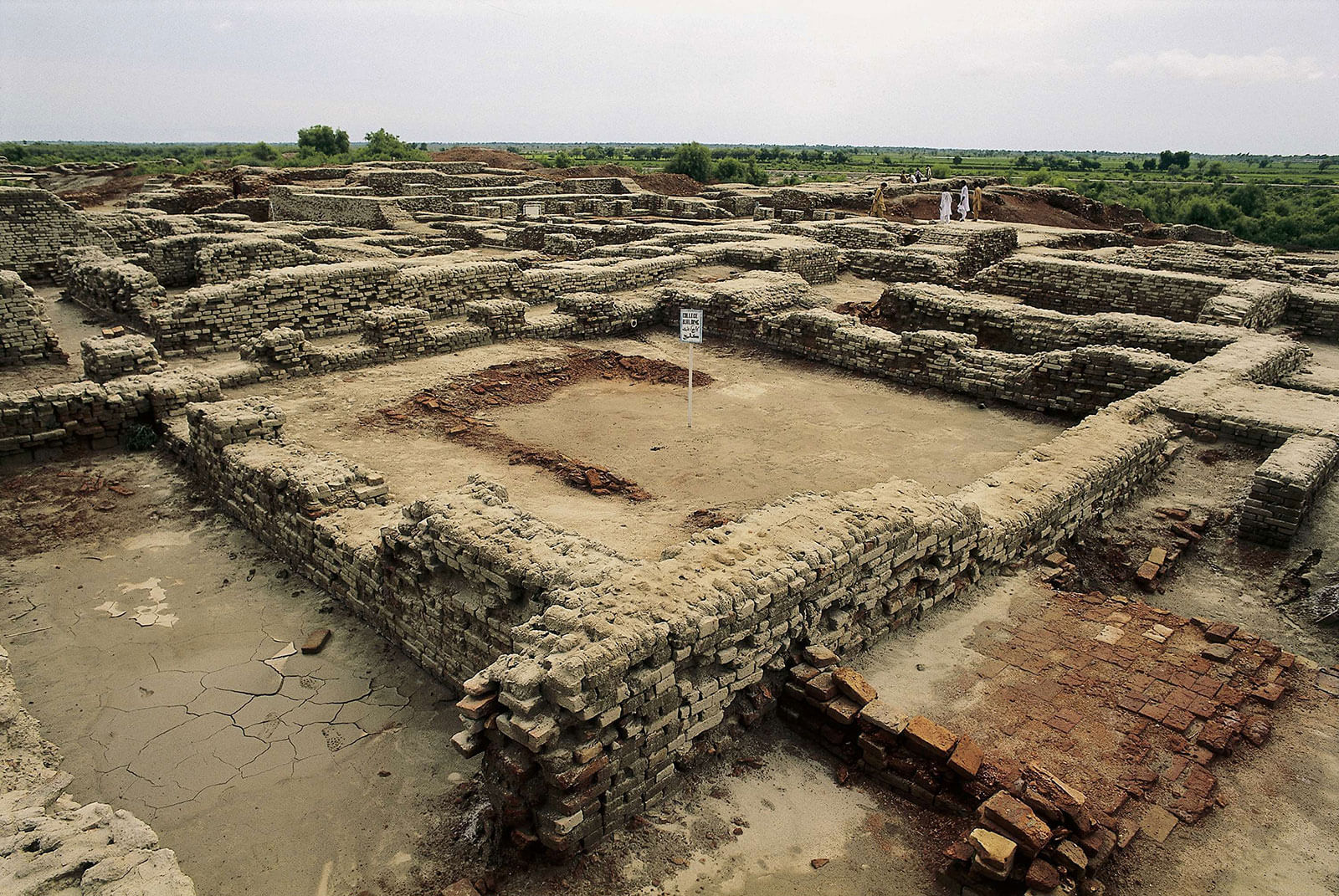
Man has used brick for building purpose for thousands of years. Bricks engagement dorsum to 7000 BC, which makes them one of the oldest known building materials. They were discovered in southern Turkey at the site of an ancient settlement effectually the city of Jericho.
The get-go bricks, made in areas with warm climates, were mud bricks dried in the sun for hardening.
Aboriginal Egyptian bricks were fabricated of clay mixed with straw. The evidence of this tin can be seen today at ruins of Harappa Buhen and Mohenjo-daro. Paintings on the tomb walls of Thebes portray Egyptian slaves mixing, tempering and carrying clay for the sun dried bricks.
The greatest breakthrough came with the invention of fired brick in about iii,500 Bc. From this moment on, bricks could be made without the heat of dominicus and soon became popular in cooler climates.
The Romans prefered to make their bricks in spring, then they stored them for two years before selling or using them. They only used white or cherry clay to manufacture bricks.
The Romans succeeded in introducing fired bricks to the entire country thanks to mobile kilns. These were bricks stamped with the mark of the legion who supervised the brick production. Roman bricks differed in size and shape from other ancient bricks as they were more unremarkably round, square, oblong, triangular and rectangular. The kiln fired bricks measured ane or 2 Roman feet by 1 Roman pes, and sometimes up to 3 Roman anxiety with larger ones. The Romans used brick for public and private buildings over the unabridged Roman empire. They built walls, forts, cultural centre, vaults, arches and faces of their aqueducts. The Herculaneum gate of Pompeii and the baths of Caracalla in Rome are examples of Roman brick structures.
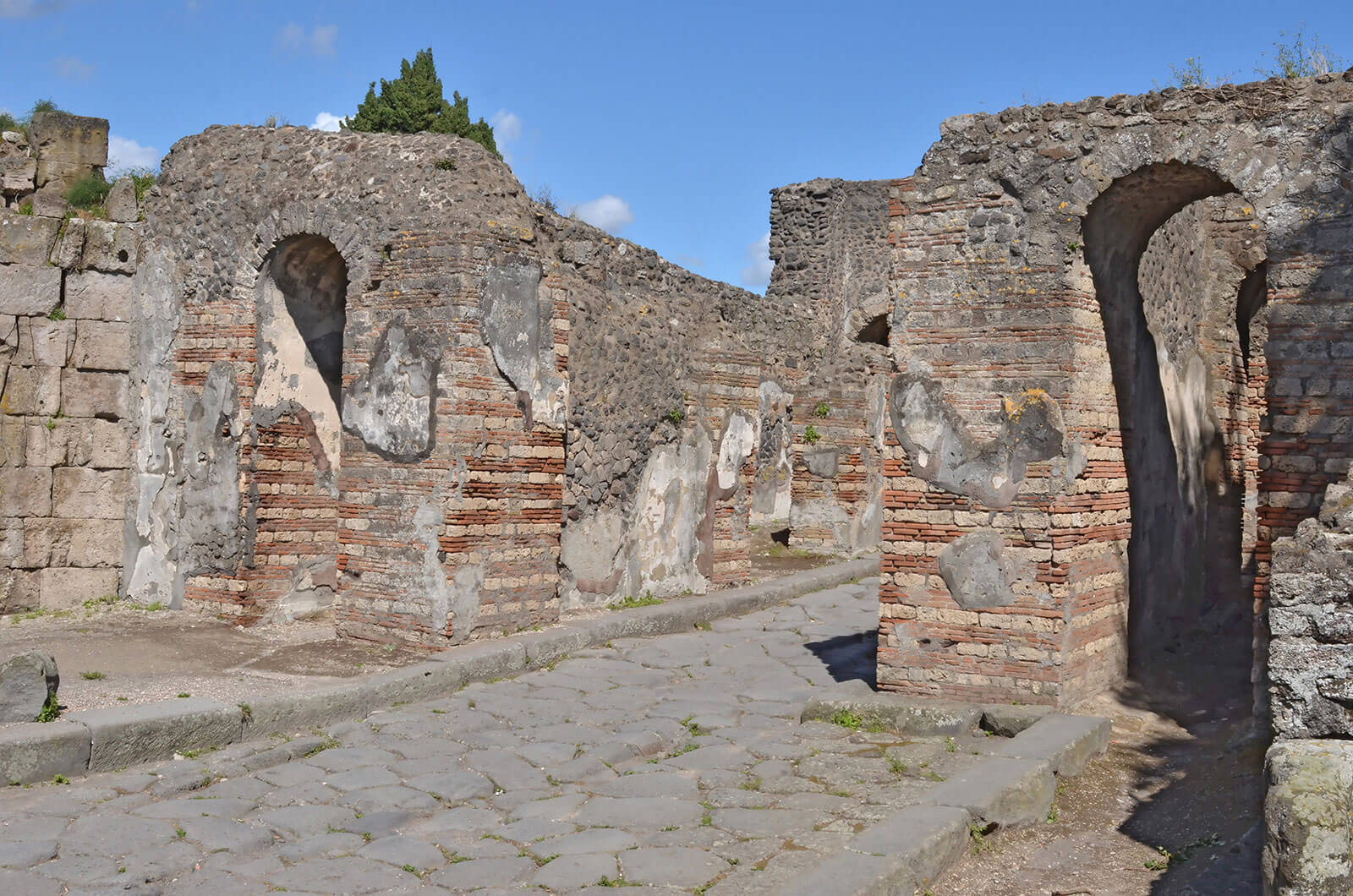
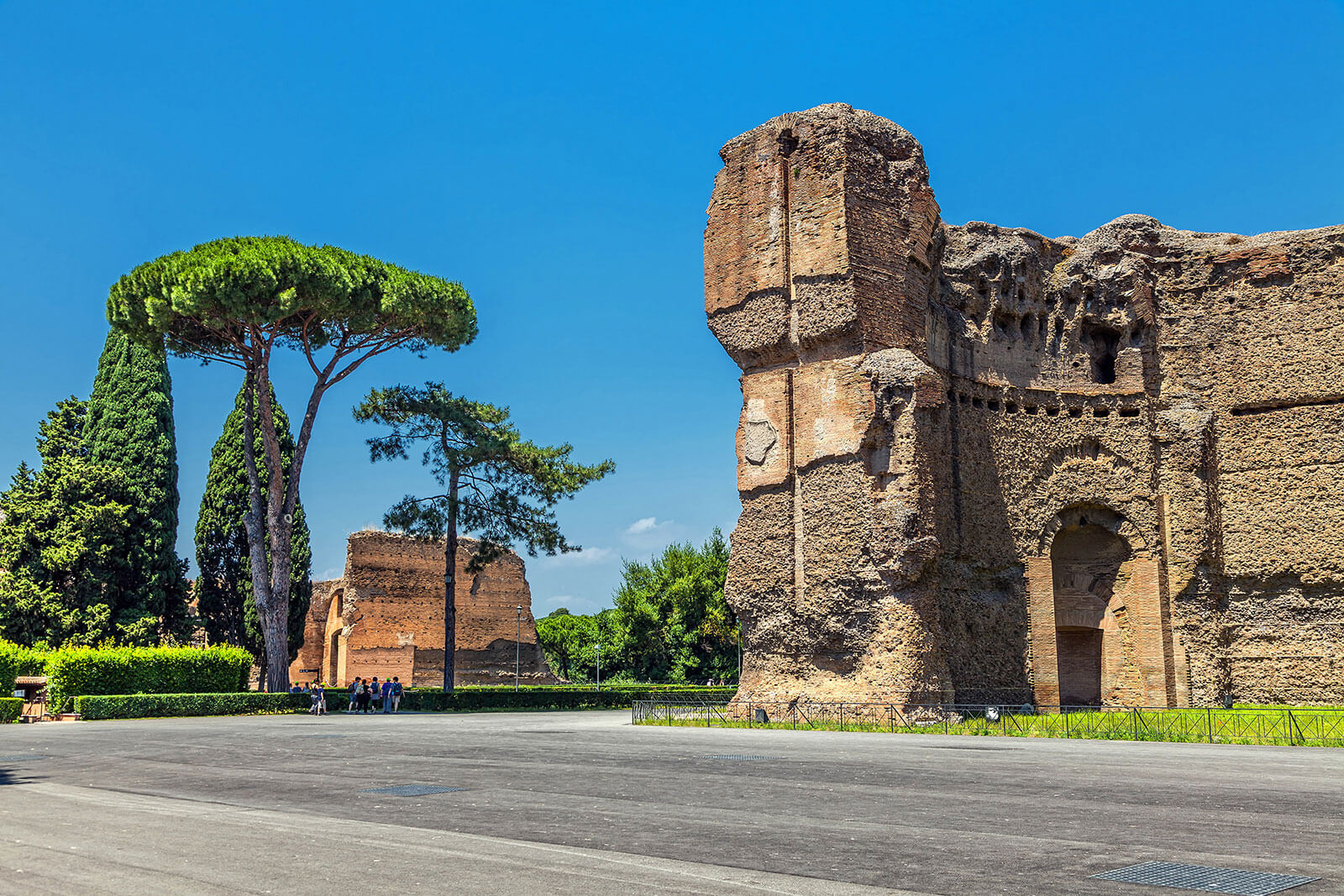
During the menstruum of the Roman Empire, the Romans spread the art of brickmaking throughout Europe and information technology connected to dominate during the medieval and Renaissance period.
When the Roman Empire fell, the fine art of brickmaking nearly vanished and it continued merely in Italy and the Bizantine Empire. In the 11th century, brickmaking spread from these regions to France.
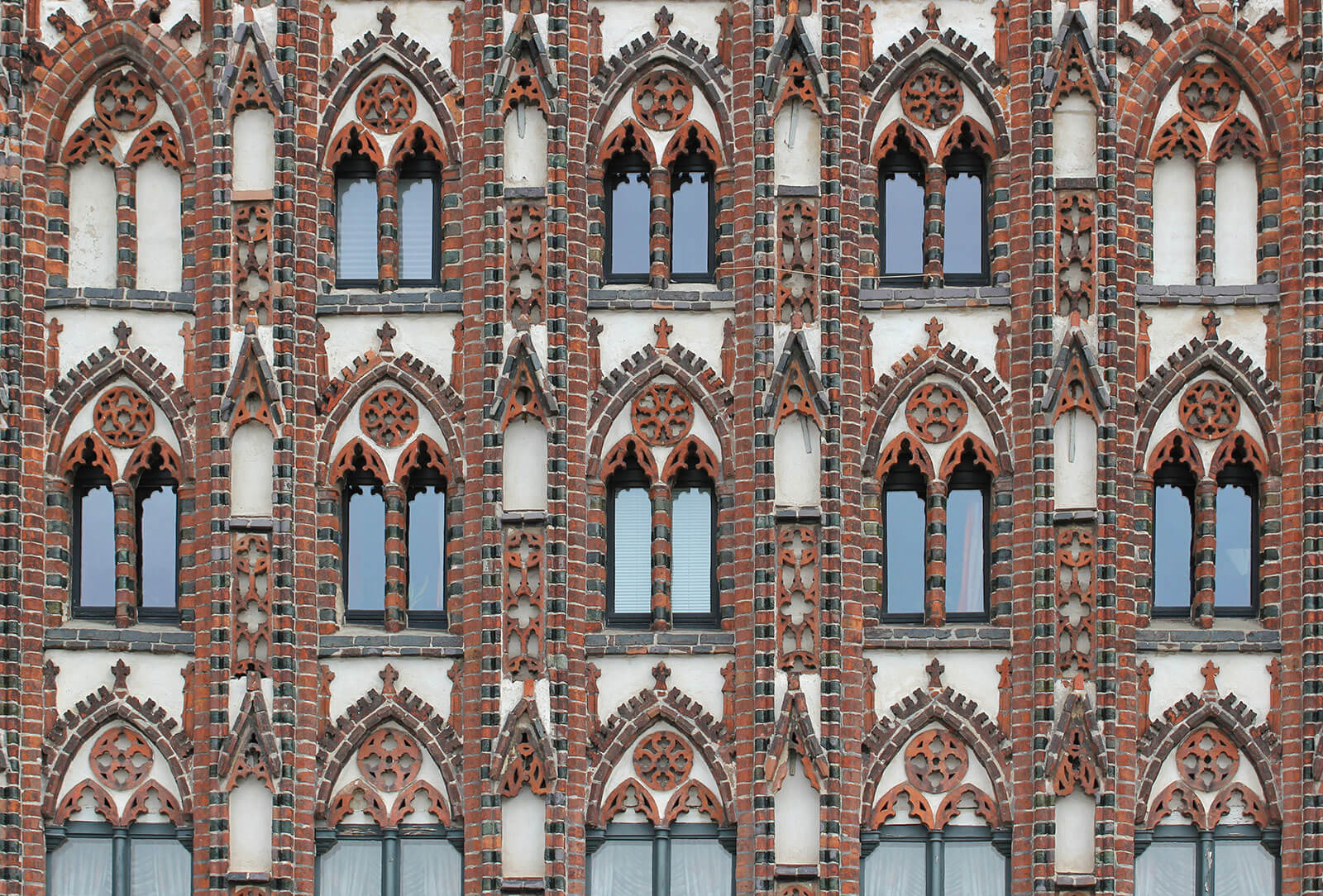
During the twelfth century bricks were reintroduced to northern Germany from northern Italian republic. This created the brick gothic catamenia with buildings mainly built from fired ruby dirt bricks. The examples of the Brick Gothic style buildings can be found in the Baltic countries such as Sweden, Kingdom of denmark, Poland, Frg, Finland, Lithuania, Republic of latvia, Estonia, Republic of belarus and Russia. This period lacks in figural architectural sculptures which had previously been carved from stone. The Gothic figures were virtually incommunicable to create out of bricks at that time, but could be identified by the use of split courses of bricks in varying colours, cherry bricks, glazed bricks and white lime plaster. Eventually custom congenital and shaped bricks were introduced which could imitate the architectural sculptures. In the 16th century, Brick Gothic was replaced by Brick Renaissance compages.
In medieval times, the dirt for making bricks often was kneaded past workers with their bare feet. They clay was shaped into brick past pushing it into a wooden frame placed on a table, which was covered with sand or straw to prevent the clay from sticking. Afterwards excess dirt was wiped off with a stick, the brick was removed from the frame.
In England the remains of buildings bear witness that the art of brickmaking was highly avant-garde past the time of Henry Viii. After the great fire of London in 1666, the city was rebuilt with mainly bricks.
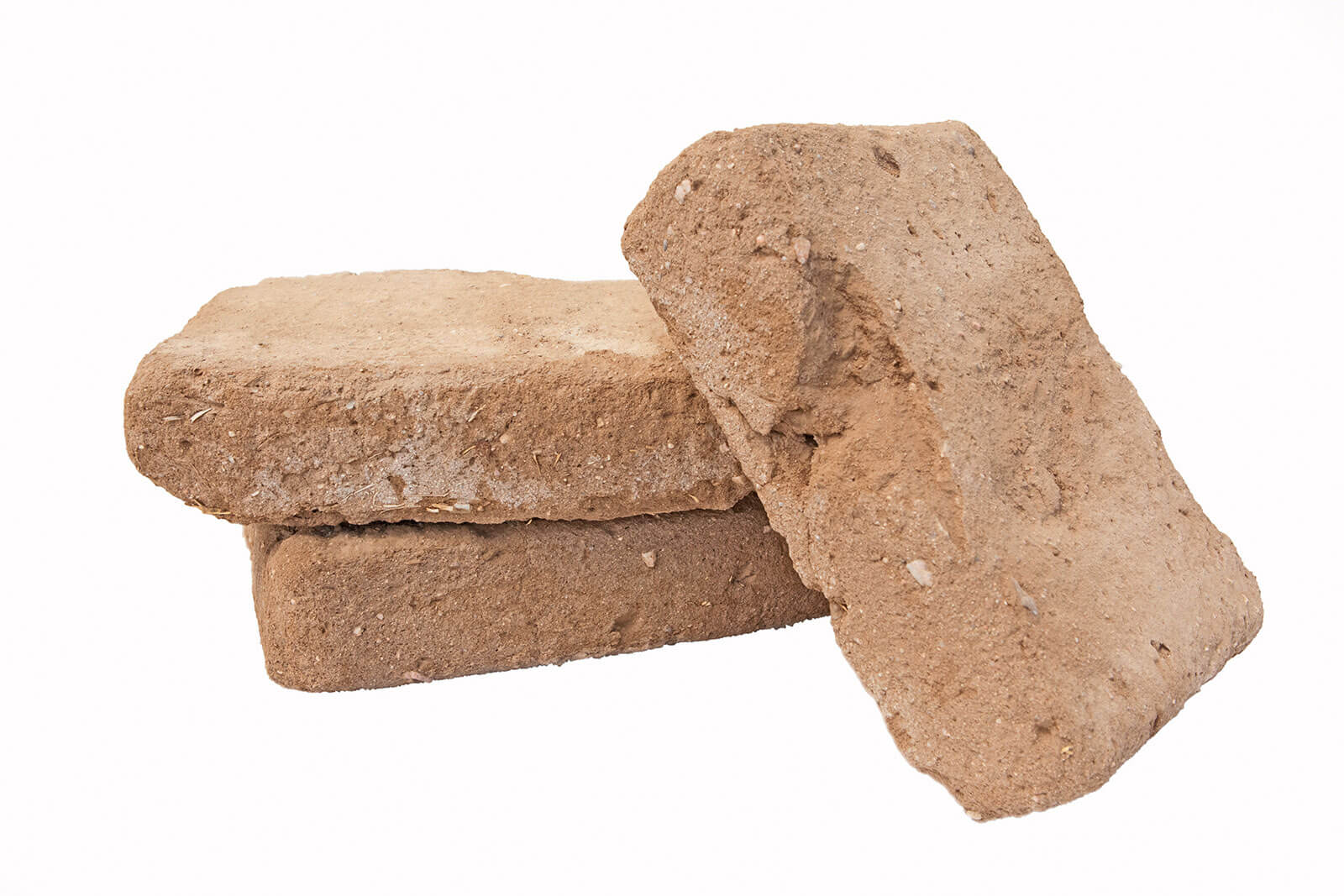
Adobe brick, which is sundried brick made of dirt and straw, has been made for centuries in Central America, particularly in Mexico. Some Aztec adobe structures still be, one example is the Pyramid of the Sunday, built in the 15th century.
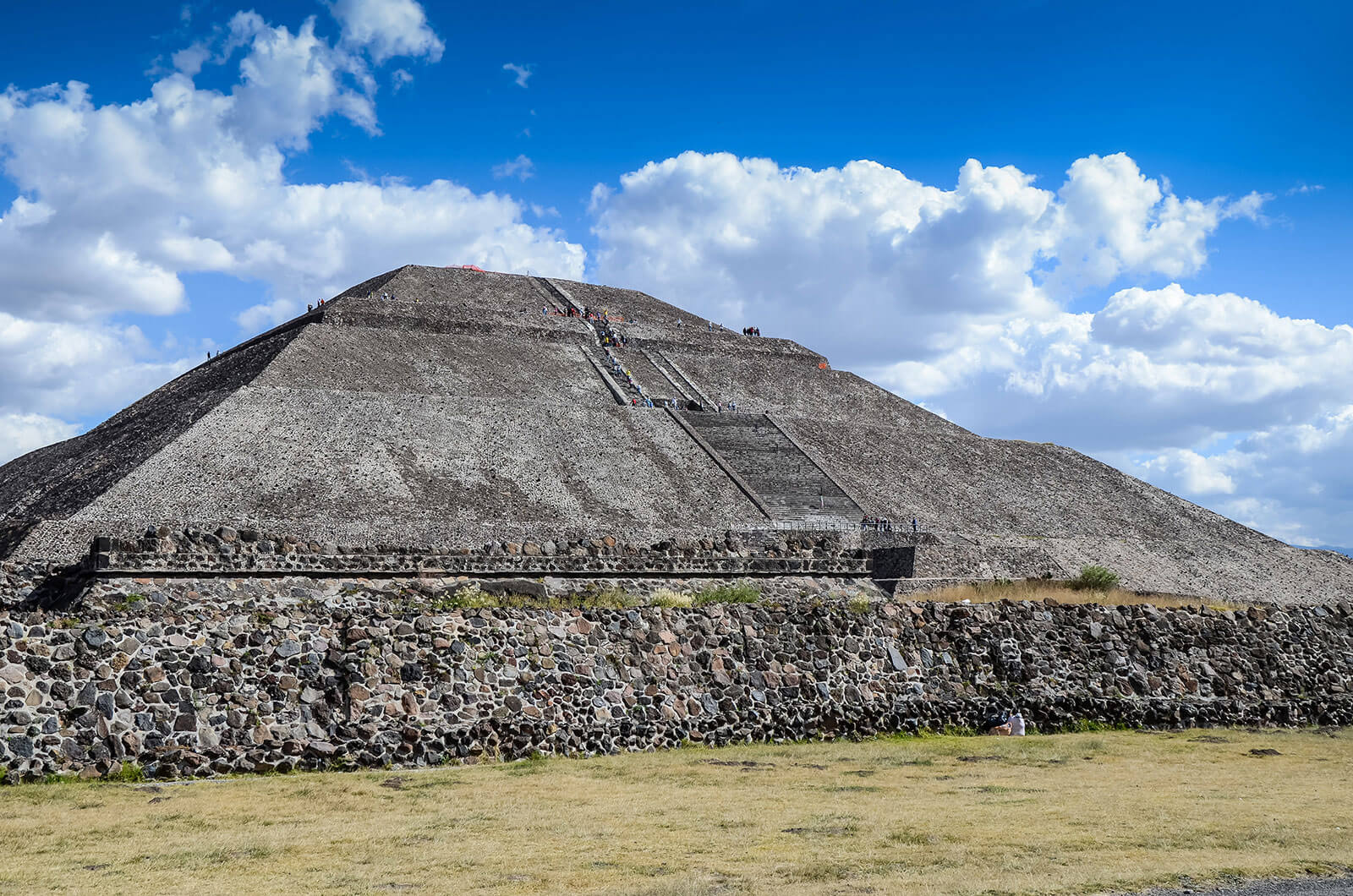
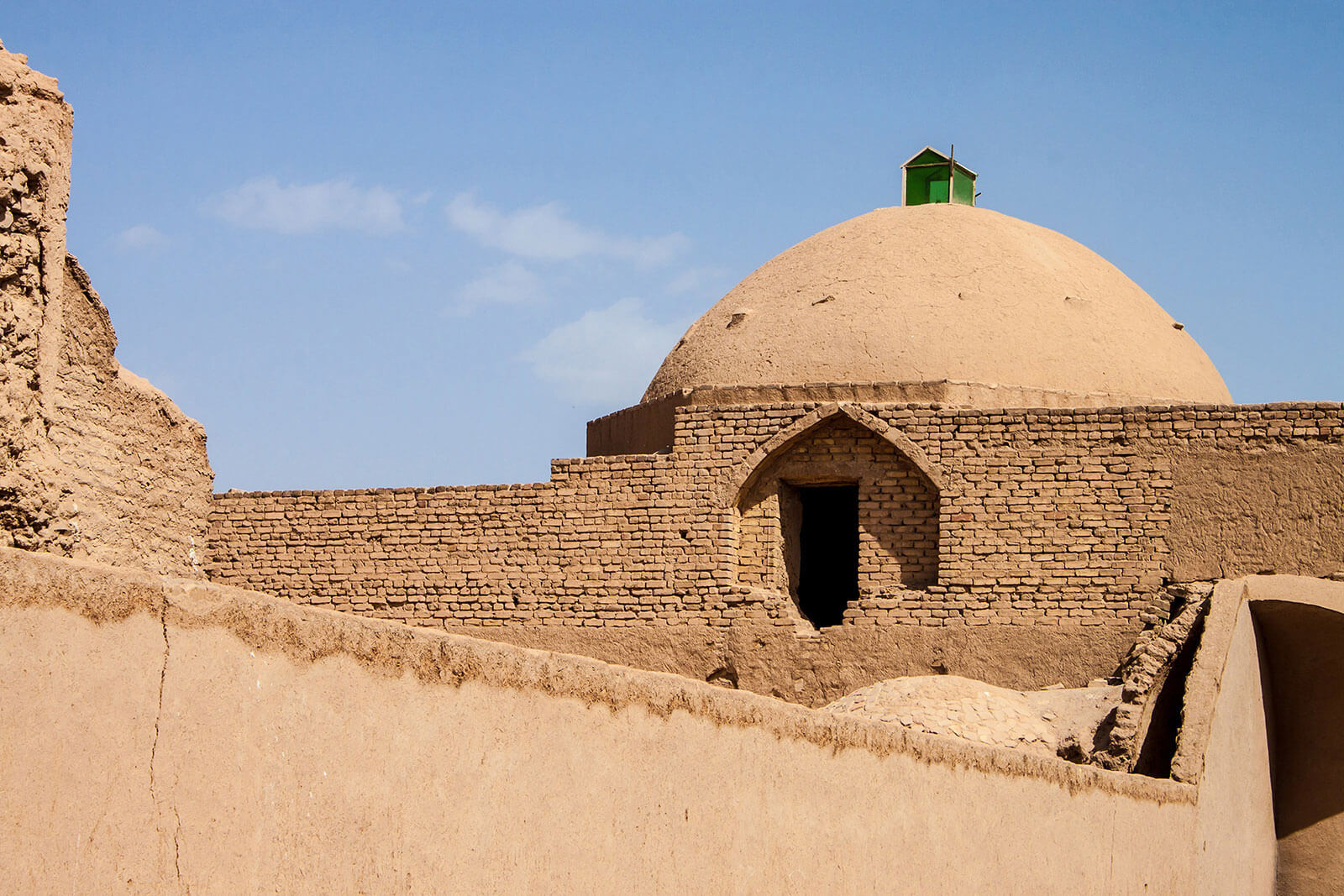
Bricks crossed the Atlantic with Dutch and British immigrants with some brickmasons amidst them. In Virginia brick structures were built as early on as 1611. At that time it was common for brickmasons to make the bricks on the jobsite. Information technology is known that bricks were transported from Virginia to Bermuda in 1621 in exchange for nutrient and oil.
Many early on American skyscrapers are clad in brick or terracotta. Information technology took 10 million bricks to build the Empire State Building.
During the Renaissance and Baroque periods, exposed brick walls became less and less pop, consequently brickwork was covered in plaster. Only during the mid 18th century brick walls started to regain their popularity.
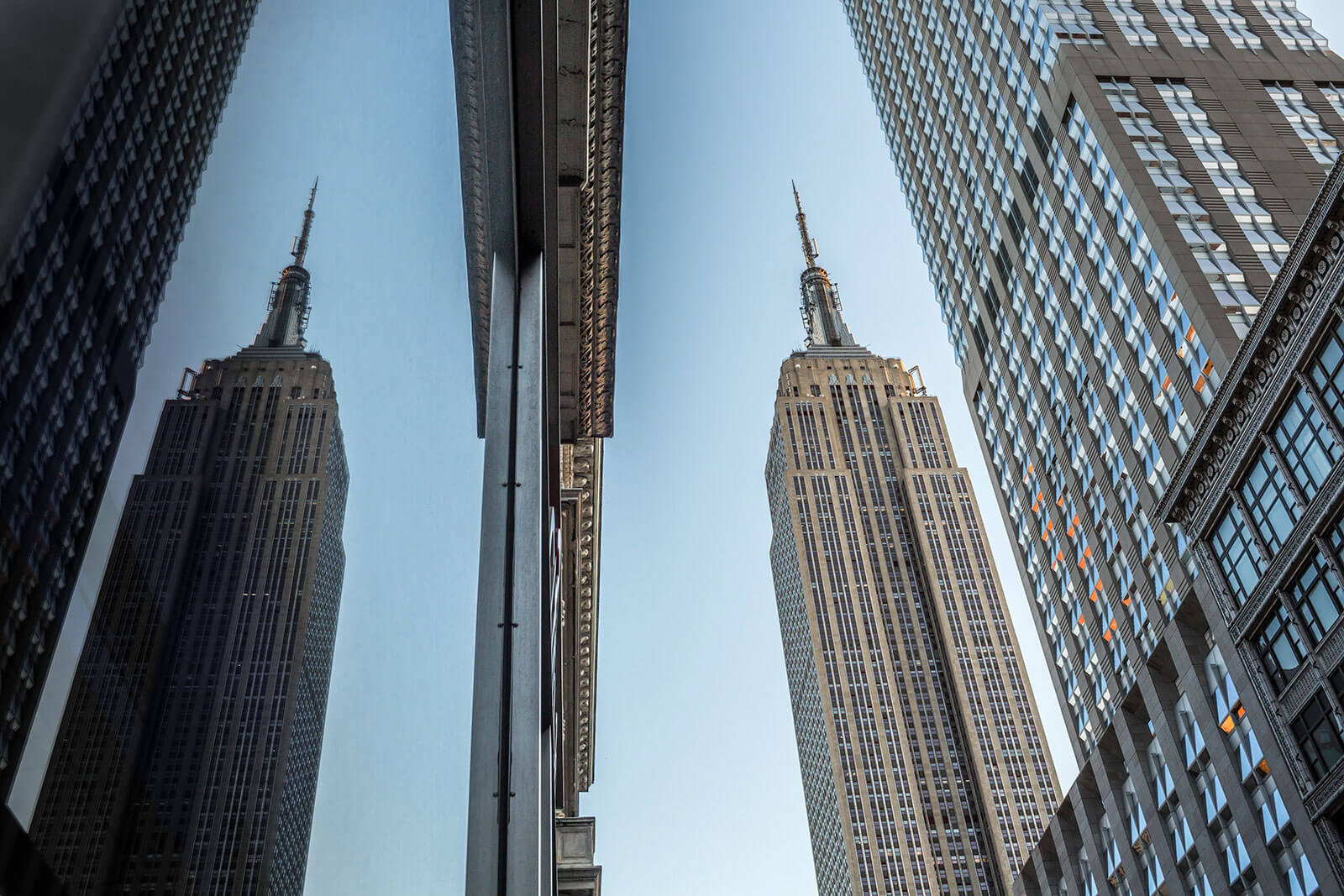
Bricks were made by hand until about 1885. Once the Industrial Revolution broke out, the brickmaking machinery was introduced. Consequently, the number of clays that could be made into brick was greatly increased which influenced the production capacity. Handmade brick product ranged up to 36,000 bricks per calendar week but by 1925 a brickmaking car fabricated 12,000 bricks a day.
Equally brick structures could be congenital much quicker and cheaper, they replaced other raw materials like rock or stone.
During the edifice boom of the 19th century, when more than 10 billion bricks were produced annually, many American cities like Boston and New York favoured locally made bricks.
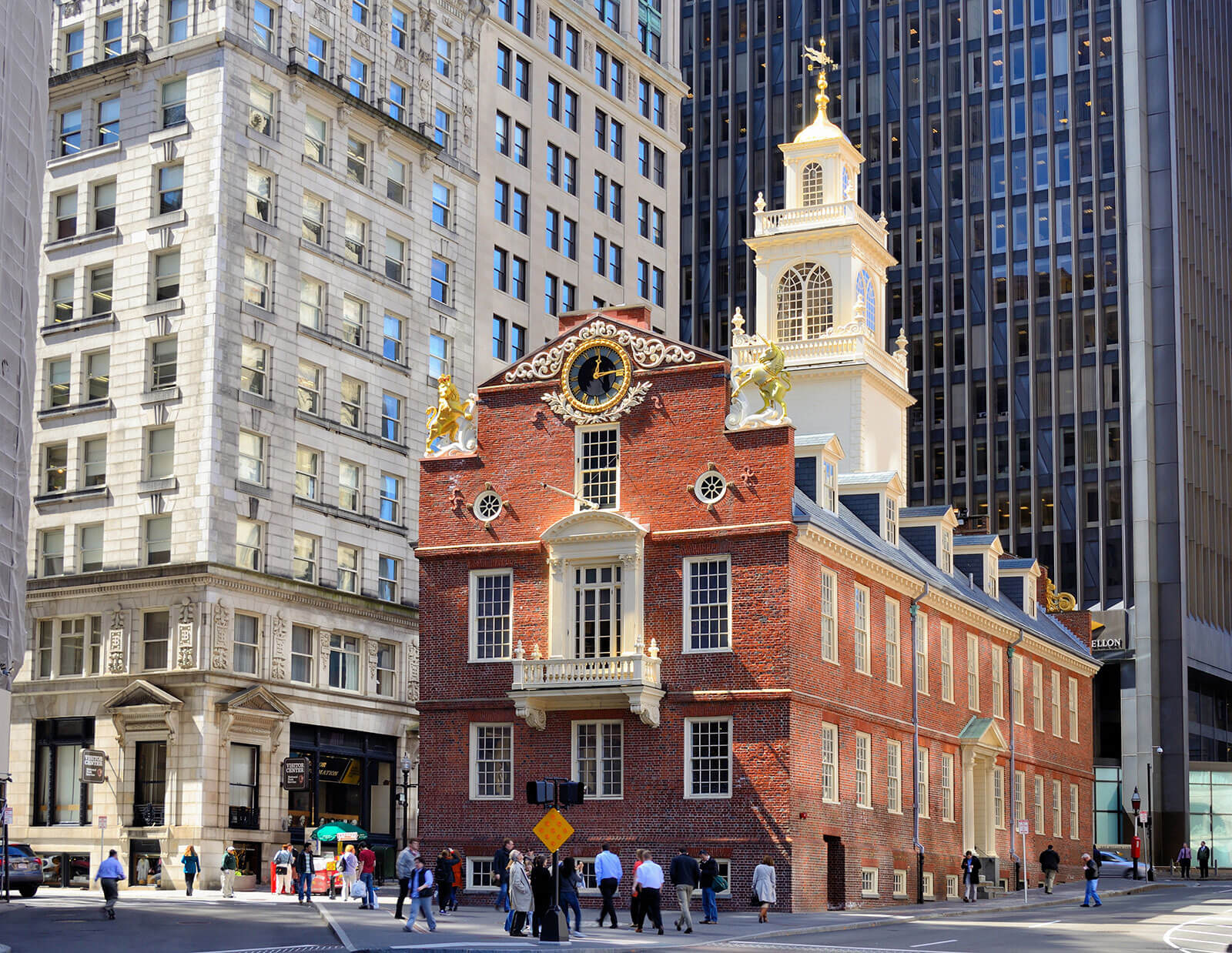
In Victorian London, due to the heavy fog, brilliant carmine bricks were chosen which made buildings much more visible. Although the corporeality of blood-red paint was reduced in bricks production, red remained the most desired colour for the brick and notwithstanding does to this day.
It was used by some of the 20th century's virtually famous architects similar Le Corbusier, F. L. Wright and Louis Khan.
Nowadays, apart from wood, bricks seem to be commonly used building material. Consequently, brick and terracotta compages is ascendant in its field with a great development in brick industry.
Source: https://brickarchitecture.com/about-brick/why-brick/the-history-of-bricks-brickmaking